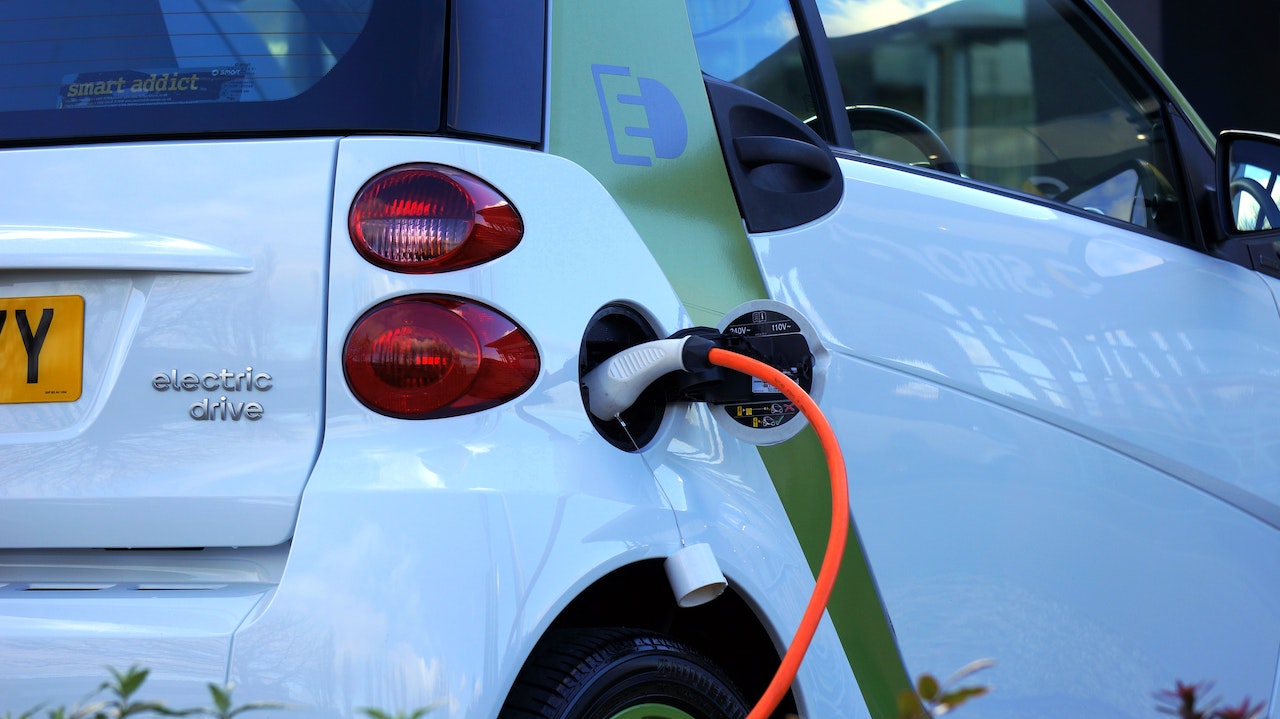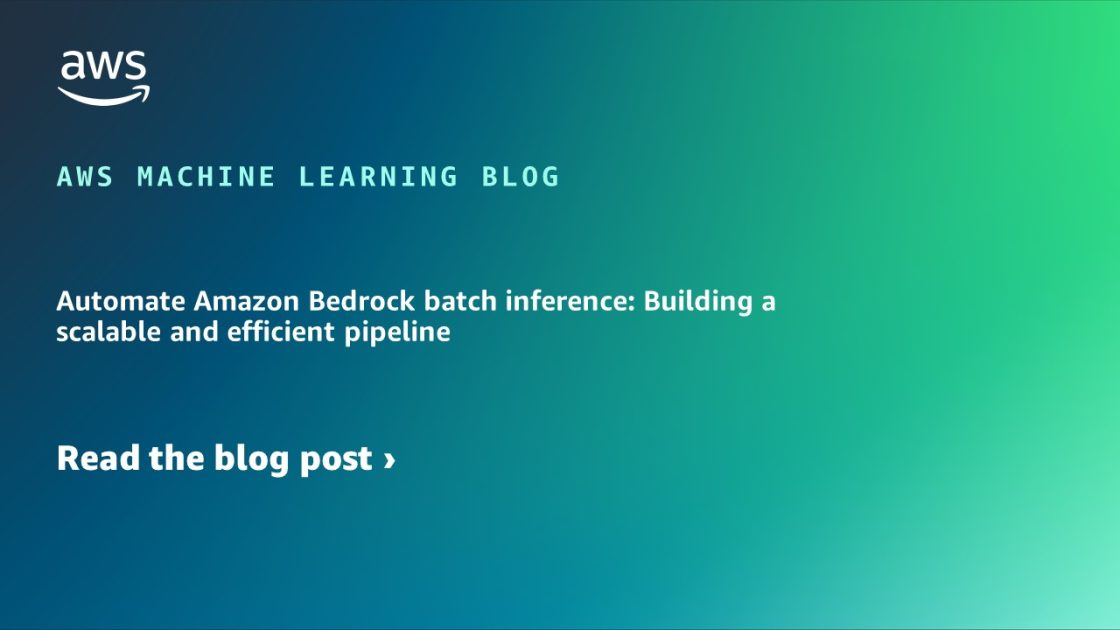Welcome to the exciting world of AI and its transformative influence on transportation! From automobiles to shipping, this groundbreaking tech is revolutionizing how we move, offering smoother, safer and more efficient travel experiences.
In this quick tour, we’re going to shed some light on the top uses of AI in the sector – think self-driving cars, predictive maintenance for vehicles, optimized routes for deliveries and so much more!
Ready to see how a dash of machine learning and a pinch of data crunching are driving remarkable improvements in transportation? Let’s get started!
1. Automated Vehicles
Essentially, autonomous vehicles are equipped with AI systems that take over the task of driving from humans. The vehicle is studded with cameras and sensors that continuously scan the surroundings, collecting huge volumes of data.
This data includes information about other road users, weather conditions, and road signs among other things. The AI then processes this data in real-time to make informed decisions about accelerating, braking or steering the vehicle – just like a human would but better! It also learns from each journey using what we call machine learning technology.
This enhances its future performance and decision-making skills on the road. So companies like Tesla are essentially using AI technology to reduce traffic incidents and improve road safety – pretty outstanding, right?
2. Route Optimization
Route optimization is another remarkable application of AI in transportation. Imagine driving a delivery truck or bus and having a system that can tell you the quickest route to get to all your stops. That’s precisely what this technology does.
It not only considers the distance between points but also factors like traffic conditions and the time of day to compute the most efficient path. The outcome? You save time, conserve fuel, and ensure timely arrivals or deliveries. It’s like having a free tool for optimizing multi-stop routes right at your fingertips.
This technology is gaining traction in companies that have large fleets or provide delivery services as it significantly enhances their operational efficiency and productivity – pretty clever, don’t you think?
3. Predictive Maintenance
Predictive maintenance is another impressive addition AI brings to the transportation sector. Here’s how it works: AI-based systems are used to closely monitor vehicle components, understanding their typical operating conditions and looking for any signs of change that could indicate a problem is looming.
From engine performance to tire pressure, AI keeps tabs on data points that might go unnoticed by human eyes. The whole point is catching issues while they’re still small – think “a stitch in time”, but upgraded for the tech age. What’s the punchline?
By helping with early detection and immediate fixes, this technology can prevent failures that would otherwise result in expensive repairs or even safety risks. It’s like having a “pre-crime” unit for your vehicle – but way less dramatic!
4. Autonomous Ships
Stepping away from the roads, let’s venture into the seas with autonomous ships. This is a revolutionary AI application in the maritime industry. These are large vessels that can navigate vast oceans without any human input – impressive, right?
They use AI to assess different parameters like the ship’s speed, course, and data about weather conditions. Not only does this help avoid potential hazards but also optimizes the ship’s route for fuel efficiency and delivery time. An important advantage here is diminishing human error which is a common reason behind maritime accidents.
So whether it’s about economical traveling or taking safe decisions at sea, autonomous ships are paving the way for smarter, safer maritime transportation. Quite a sea change in technology!
5. Smart Traffic Management Systems
Transitioning to urban transport now, a standout application of AI is in smart traffic management systems. Here’s what happens: AI is used to organize and control the flow of traffic in congested cities.
Cameras and sensors placed at intersections monitor vehicle numbers and adjust signal timings accordingly. When traffic is heavy on one side, the system prolongs the green signal for that direction. Conversely, it shortens it when traffic is light, reducing unnecessary waiting times.
That’s not all – during emergencies or special events, the system can create temporary routes to streamline movement. The big payoff – less time spent idling at red lights and reduced congestion on roads! It does more than just keep traffic flowing – it smoothens our lives by minimizing frustrating gridlocks.
6. Public Transport Management
Let’s dive into how AI is changing public transport management for the better! At its core, AI uses real-time passenger data to increase efficiency in public transportation. Look at it this way, instead of sticking to a fixed schedule, buses or trains can adjust their frequency based on the demand at different times and places.
An unusually busy station? The AI system can send additional buses there. A quiet night with few passengers? It can reduce the number of active vehicles. Talk about being smart!
This kind of dynamic resource allocation saves energy and operational costs while providing enhanced service to the public – ensuring no one has to wait too long or board a jam-packed bus again. It’s all about making your journey smoother.
So, there you have it – the future of transportation is already here, and it’s powered by AI! Stay tuned for more exciting insights on how technology is driving us forward, changing not just how we move but how we live.



